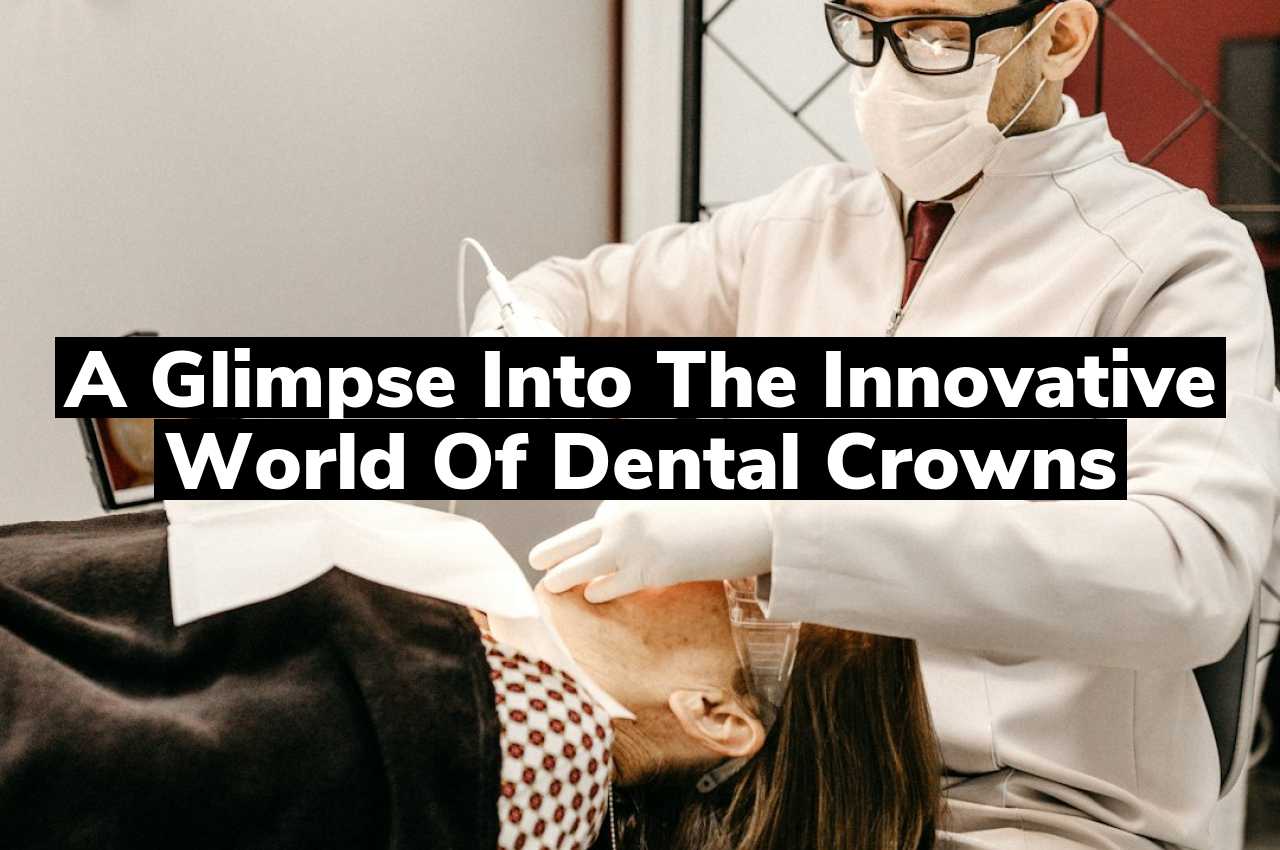Have you ever wondered how dental crowns have evolved to blend seamlessly with modern dentistry? This post explores the innovative advancements in the field, highlighting how these developments have enhanced the durability and aesthetic appeal of dental crowns, ensuring they meet diverse patient needs effectively.
History of Dental Crowns
The concept of dental crowns has evolved significantly since their inception. Initially, materials like gold, ivory, and even bones were used by ancient civilizations to restore and protect damaged teeth. Over the centuries, the development of dental technology saw the introduction of more durable and aesthetically pleasing materials such as porcelain and ceramics. This progression not only enhanced the functional aspect of crowns but also greatly improved their appearance, making them more appealing to patients seeking dental restoration.
In modern times, the advancement in dental crown technology continues to grow, incorporating both function and aesthetics at a remarkable pace. For a deeper understanding of how these techniques have transformed over the years, consider Exploring Dental Crown Techniques and Materials. This exploration highlights the continuous improvements and innovations that have shaped the current landscape of dental crown solutions, reflecting a rich history of both art and science in dental medicine.
Materials Used in Dental Crowns
Dental crowns are a fundamental component in modern dentistry used to restore the functionality and appearance of damaged teeth. These crowns can be made from various materials, each selected for its unique properties and suitability to the patient’s specific needs. Commonly used materials include porcelain, which is favored for its ability to blend with the natural color of teeth, and metal alloys, known for their strength and durability. Other materials such as ceramic, resin, and stainless steel are also utilized, catering to different requirements and budget considerations.
Gold and zirconia represent additional options, each offering distinct advantages in terms of aesthetics and structural integrity. The choice of material is typically influenced by factors such as the location of the tooth, the patient’s bite, and the desired longevity of the crown. For those interested in exploring various dental crown options, consider visiting a page about Affordable Frederick Dental Crown Treatments to learn more about the diverse materials available.
Types of Dental Crowns
Dental crowns are a significant advancement in dental care, designed to cover or “cap” a damaged tooth, enhancing its appearance and strength. There are various materials used for dental crowns, each offering unique characteristics. Metal crowns, often made from gold or alloys, are praised for their durability and long life. Porcelain or ceramic crowns are popular for their ability to match the natural color of teeth, making them a favored choice for visible teeth. Some crowns combine metal with porcelain, providing both strength and a pleasing aesthetic. Additionally, resin crowns are known for being more cost-effective while offering a decent appearance and functionality. Each type of crown serves the purpose of restoring the functionality and appearance of teeth with considerations for material properties and individual suitability.
The Process of Getting Crowns
The journey to obtaining dental crowns typically begins with a consultation, where a dental professional assesses the health and needs of the patient’s teeth. Following this, the tooth in question is prepared, often involving some reshaping to ensure a proper fit for the crown. An impression of the tooth is then taken, which serves as a model from which the crown will be crafted. While the permanent crown is being made, a temporary crown is usually placed to protect the tooth. Once the permanent crown is ready, the temporary one is removed, and the new crown is securely fitted and adjusted for comfort and functionality. For those seeking more information on such procedures, Lee Family Dentistry can be a resource, as they are known as a reputable Frederick Dentist.
Future Trends in Dental Crowns
The landscape of dental crowns is poised for significant evolution as advancements in technology and materials science continue to unfold. In the coming years, the focus is likely to shift towards more durable and aesthetically pleasing materials that seamlessly mimic natural tooth enamel. Additionally, the integration of digital dentistry tools, including 3D printing and advanced imaging techniques, is expected to enhance the precision and customization of dental crowns, making the procedures less invasive and more efficient. These innovations aim to improve patient outcomes and satisfaction while streamlining dental practices globally.
Conclusion
Explore how dental crowns are revolutionizing smiles by reading reviews on Google Maps. For further inquiries, call 301-662-0300.

